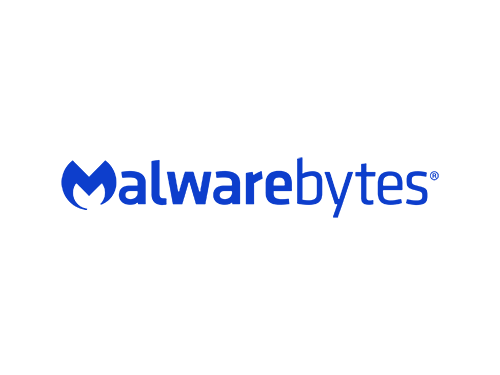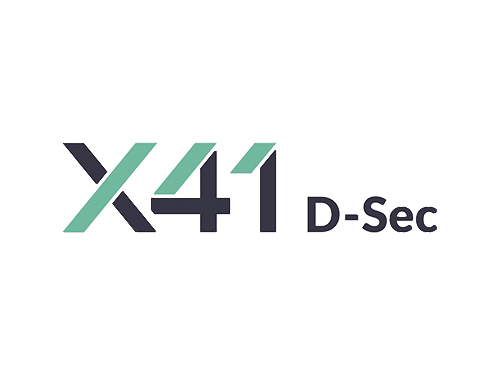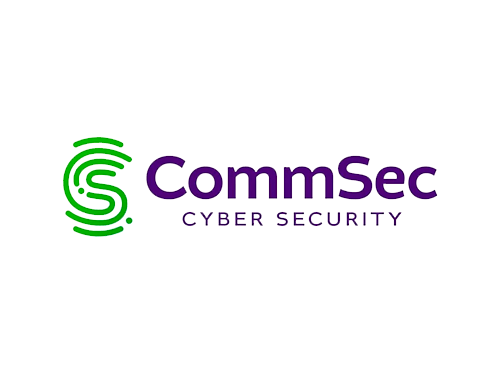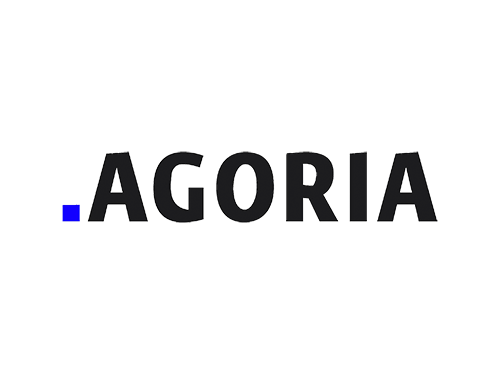Trusted by our clients:
And by our partners:
Overview
X41, a leading penetration testing and security research firm, conducted a comprehensive breach and attack simulation assessment for a critical infrastructure client using the Nemesis platform. This engagement focused on benchmarking two different endpoint detection and response (EDR) solutions while simultaneously evaluating SOC performance under realistic attack conditions.
The Challenge:
EDR Solution Optimization and SOC Validation
The client faced a critical decision regarding their endpoint protection strategy and needed objective validation of their SOC capabilities. Operating critical system infrastructure, they required evidence-based insights to optimize both security effectiveness and operational costs:
-
EDR Solution Selection: Two competing endpoint protection solutions were deployed, but their relative effectiveness against sophisticated attacks remained unvalidated
-
SOC Performance Uncertainty: Security operations team needed validation of their detection and response capabilities under realistic attack conditions
-
Cost Optimization: High security spending required justification through measurable protection effectiveness
-
Critical Infrastructure Protection: Zero tolerance for security gaps in mission-critical systems
The Solution: Systematic EDR Benchmarking with SOC Evaluation
X41 leveraged the Nemesis framework to conduct a rigorous comparative assessment that combined EDR solution benchmarking with comprehensive SOC performance evaluation:
Scope of Work
-
Platform Environment: Nemesis framework deployed across critical system infrastructure
-
Assessment Architecture: Controlled testing environment enabling side-by-side EDR solution comparison
-
Testing Methodology: Systematic execution of MITRE ATT&CK techniques against both EDR solutions simultaneously
-
SOC Integration: Real-time security operations team evaluation during attack simulation execution
Objectives
-
EDR Solution Benchmarking: Objective comparison of detection capabilities, prevention effectiveness, and alert quality between competing solutions
-
SOC Performance Assessment: Real-time evaluation of security operations team detection, analysis, and response capabilities
-
Cost-Effectiveness Analysis: Correlation of security solution pricing with actual protection outcomes and operational impact
-
Attack Chain Validation: End-to-end testing of sophisticated attack scenarios against critical infrastructure
Testing Approach
We tested in two stages. First, we simulated how attackers gather information — looking at system details, files, user groups, and processes. Then, we mimicked advanced attacks, including hiding activity, changing settings, bypassing defenses, gaining higher access, moving between systems, encrypting data, and creating long-term access points.
Step by step
-
System Network Configuration Discovery (T1016)
-
File and Directory Discovery (T1083)
-
Registry Queries (T1012)
-
Domain Groups Enumeration (T1069.002)
-
PowerShell Execution (T1059.001)
-
Process Discovery (T1057)
-
System Information Discovery (T1082)
-
-
Socket Filters (T1205.002)
-
File and Information Hiding (T1027)
-
Native API Misuse (T1106)
-
Registry Modifications (T1112)
-
Defense Evasion (T1562)
-
Privilege Escalation (T1068)
-
Lateral Movement (T1021.001/002)
-
Data Encryption (T1486)
-
Persistence Mechanisms (T1547.001)
-
Deliverables
-
Comprehensive Security Assessment Report: Detailed analysis of SOC performance and EDR solution effectiveness
-
Attack Scenario Documentation: Evidence-based findings from 90+ MITRE ATT&CK technique executions
Results and Impact
Testing showed that a lower-cost EDR outperformed a pricier option by detecting real threats with fewer false alarms. The assessment uncovered SOC blind spots, reduced long-term costs, improved security decisions, enhanced SOC performance, and mitigated risk through targeted, evidence-based testing.
Key Findings
-
Counter-Intuitive EDR Performance: The assessment revealed that the more expensive EDR solution generated significantly more alerts for routine activities but failed to detect and prevent high-impact attack techniques. Conversely, the lower-cost EDR solution demonstrated superior blocking capabilities against actual malicious activities while producing fewer false positives.
-
Alert Quality vs. Quantity: Expensive solutions created alert fatigue through high-volume, low-value notifications, while cheaper solutions focused on genuine threats with higher accuracy rates.
-
SOC Capability Gaps: Real-time testing identified specific blind spots in detection coverage and response procedures that wouldn't have been discovered through traditional security assessments.
Business Outcomes
-
Long-term Cost Reduction: Nemesis framework analysis enabled informed decision-making that reduced security spending while improving protection effectiveness
-
Evidence-Based Security Decisions: Replaced vendor claims and marketing materials with objective, tested performance data
-
SOC Performance Enhancement: Identified and addressed specific detection gaps through targeted testing scenarios
-
Risk Mitigation: Validated security controls against sophisticated attack techniques before real adversaries could exploit them
Methodology Innovation
X41's use of the Nemesis framework demonstrated how ethical hacking assessments can supplement traditional penetration testing to provide:
-
Standardized Testing: MITRE ATT&CK alignment ensures comprehensive, repeatable assessment coverage
-
Comparative Analysis: Side-by-side evaluation of multiple security solutions under identical conditions
-
Cost-Effectiveness Focus: Direct correlation of security spending with measurable protection outcomes
Related Resources
Want to learn more about how Nemesis can help you?
Fill in the form and we will contact you shortly or you can always reach us out via: info@persistent-security.net

























